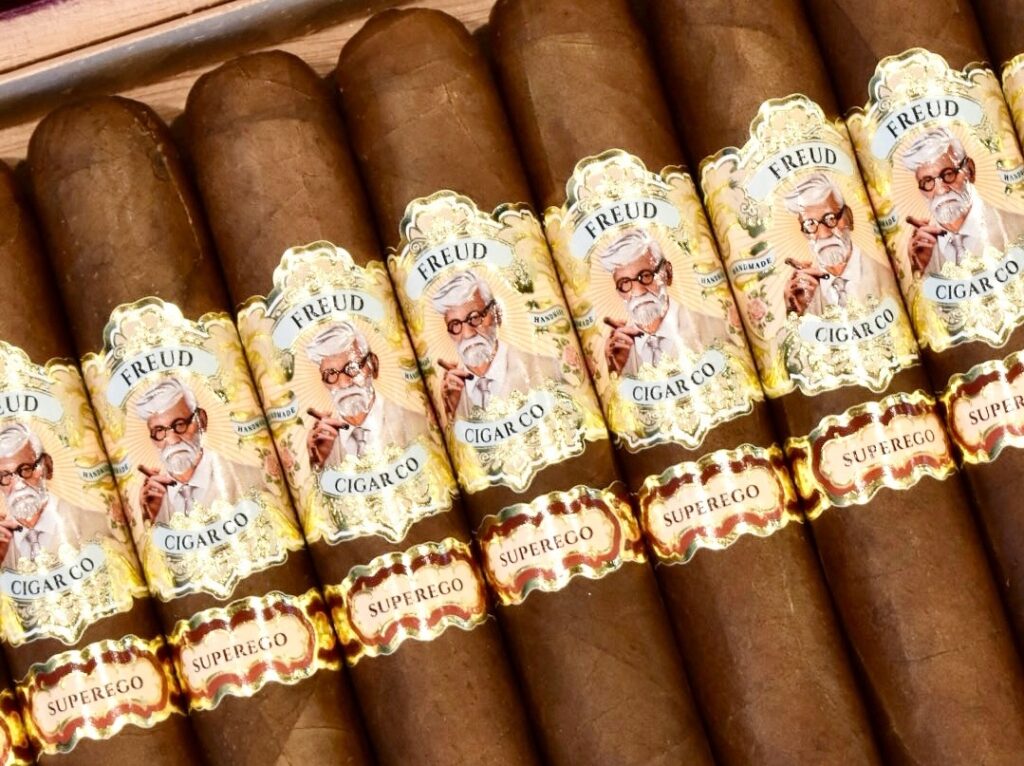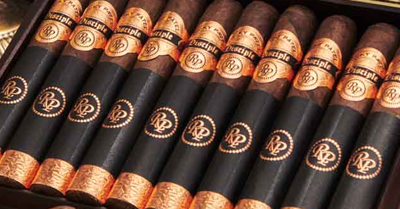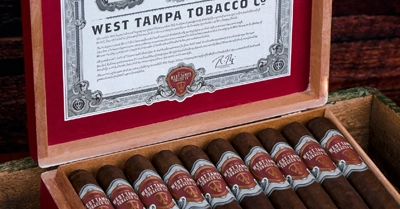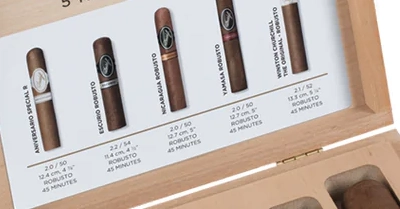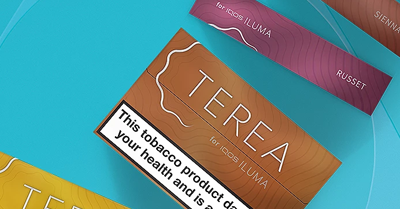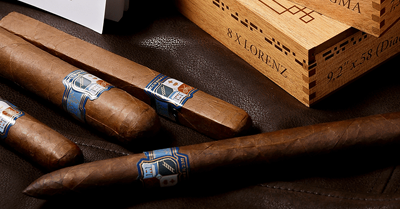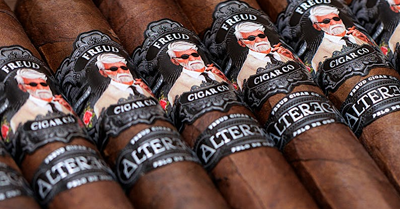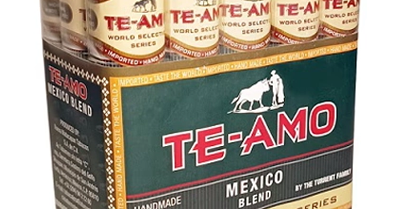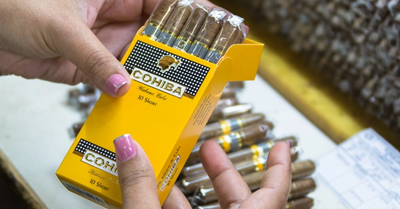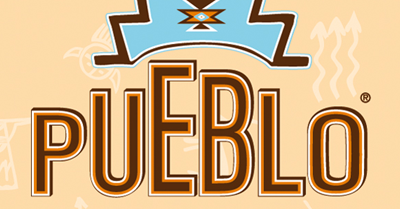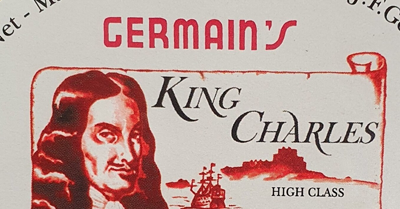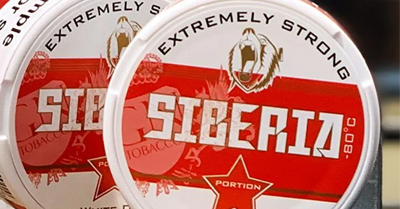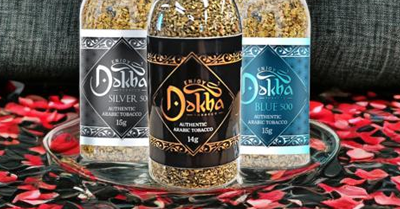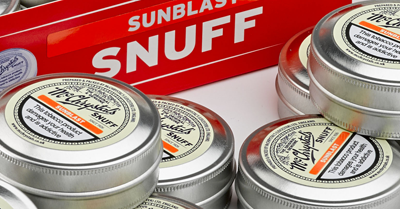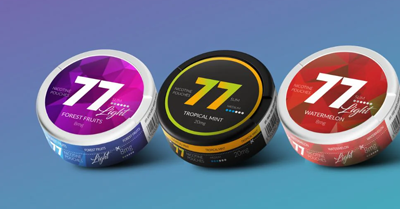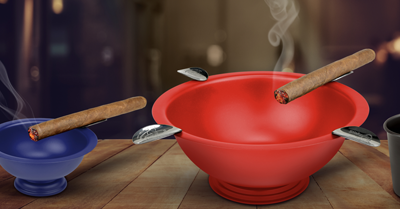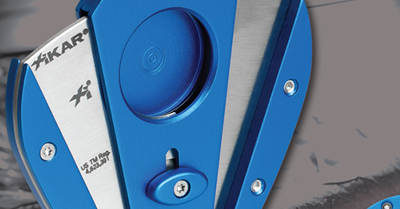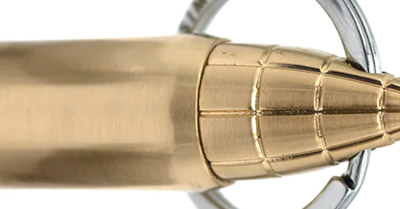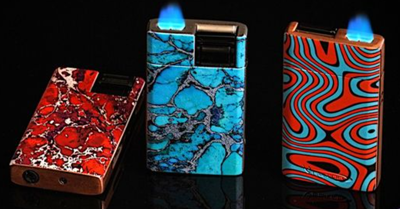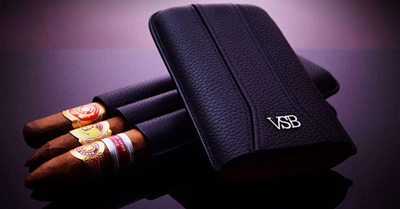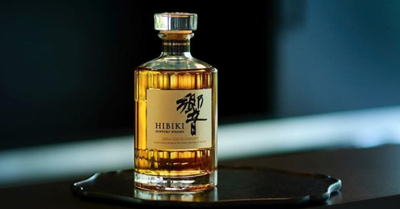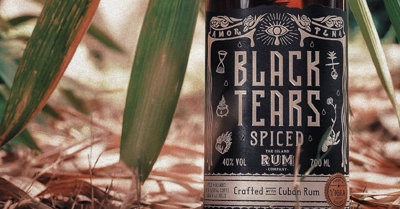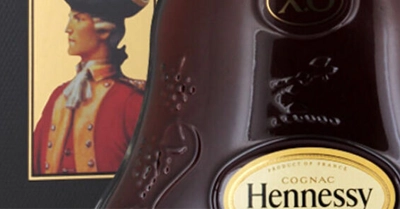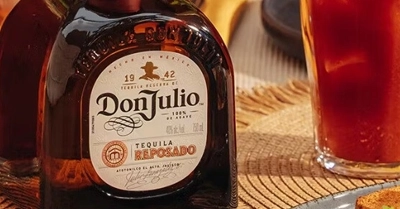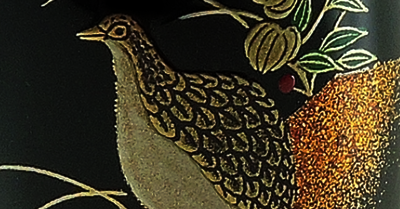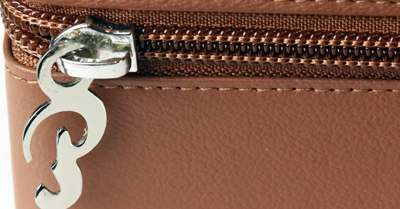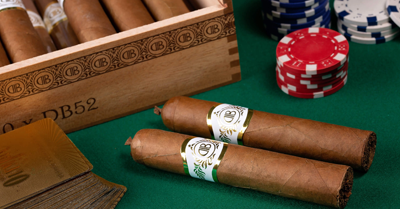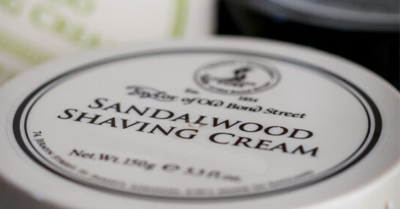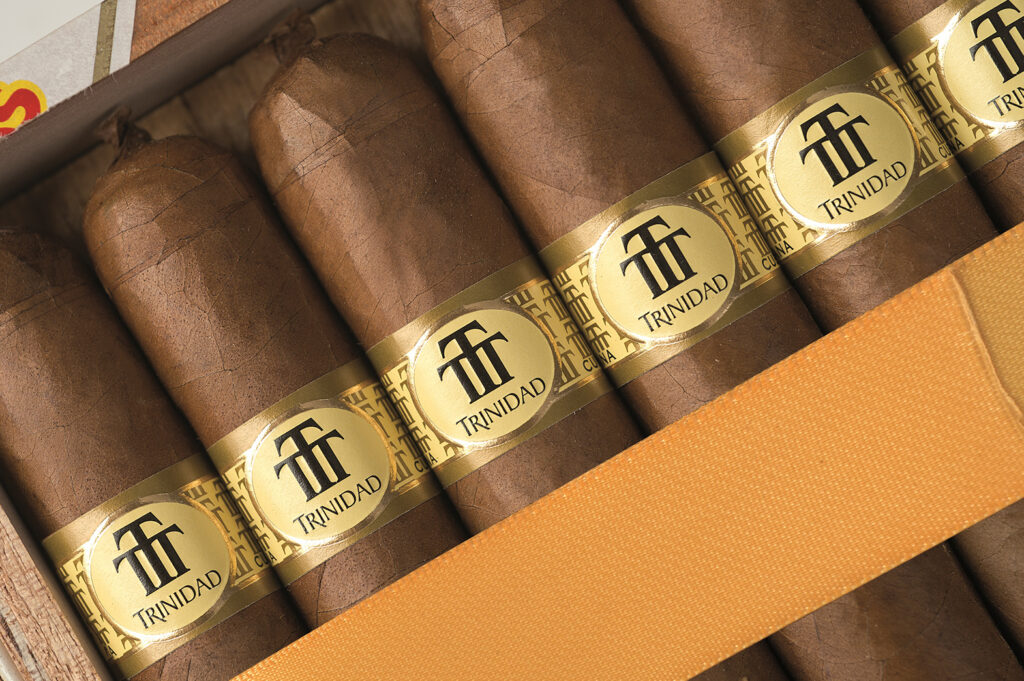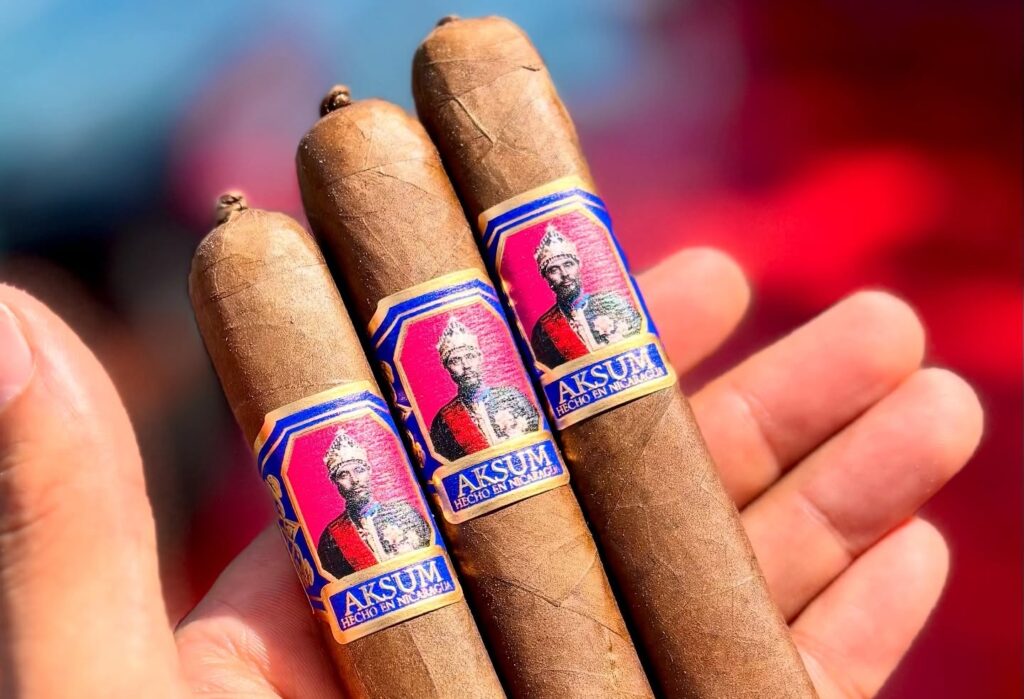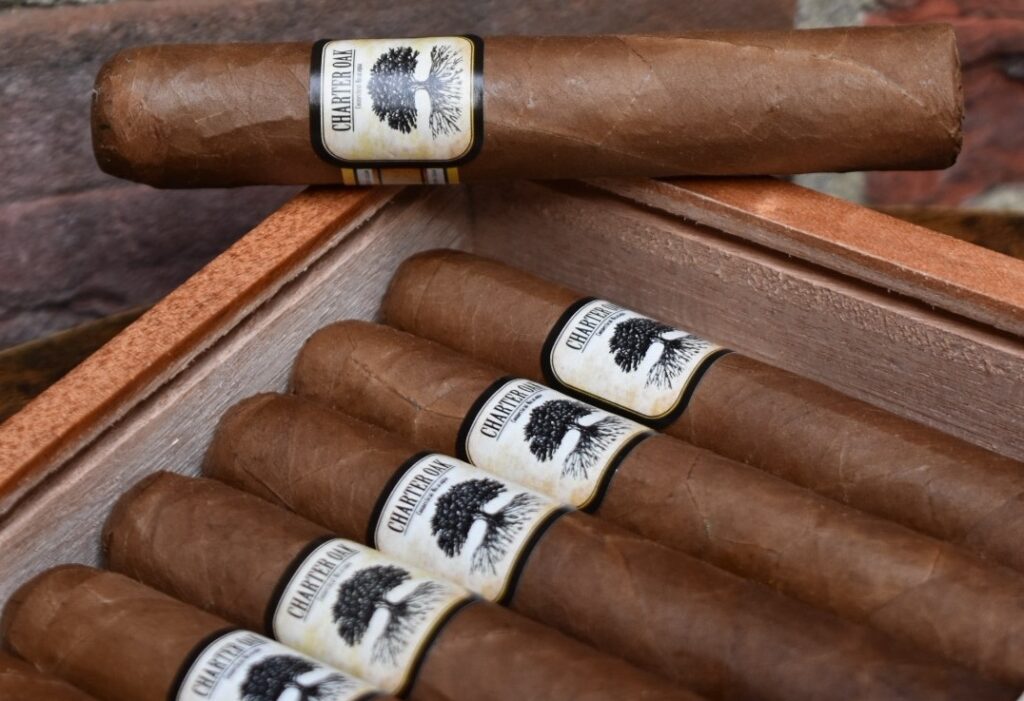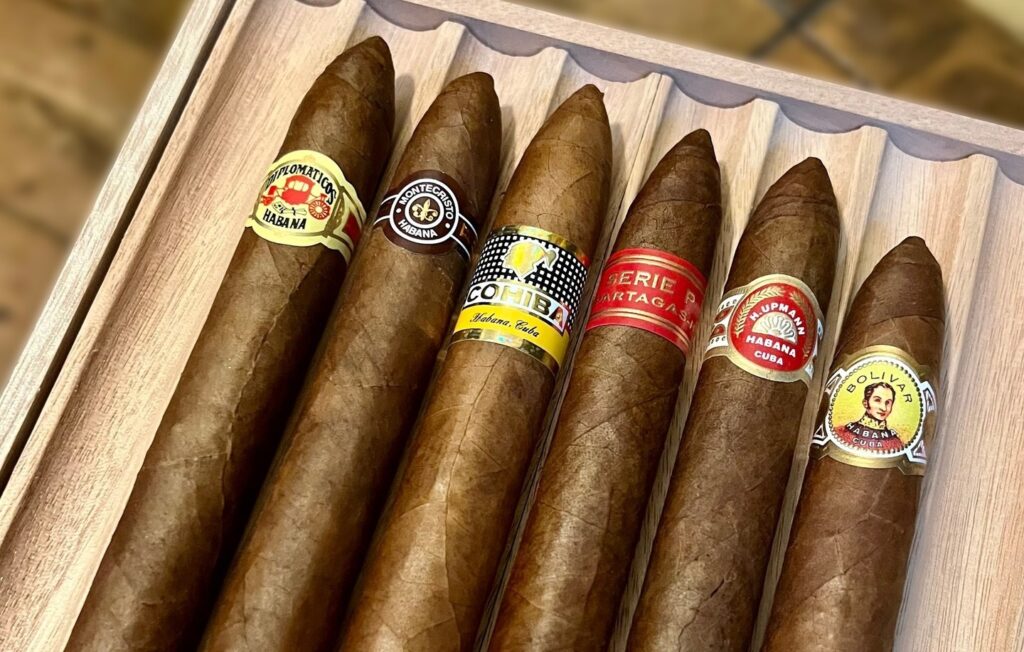Usually, when you look to buy a cigar, the country of origin for each section of the cigar – filler, binder and wrapper – are all proudly displayed, and are often considered to be a good indicator of what to expect from your stogie. While it is certainly not the case that you can determine exactly what taste a particular tobacco will have solely on the country it is grown in, the tobacco plants grown in a particular region often share similarities. Here is a broad guide to the different tobacco growing countries and the flavours they produce.
How Terroir Affects Cigars
Terroir is the set of environmental factors that affect a crop’s genetic quality, environmental context and farming practices when grown in a specific habitat. The concept of terroir originates from France, French for “region”, and is used in the agricultural industry. The characteristics of the soil, the climate as well as the terrain all have an effect on the finished product when it comes to smell, taste and appearance.
When it comes to soil there are many ways in which this can affect the cigar you are smoking; the ratios of magnesium and calcium will determine the sweetness of your cigar, and the amounts of iron in the soil will determine what type of aroma your stogie will give off.
During the Cuban Revolution a terroir experiment was accidentally put into practice, as people – including the tobacco elite – left Cuba, they took tobacco seed with them, which found its way into Honduras, the Dominican Republic and Nicaragua. These thrived in these new climates and terrains, and are still used by many producers today.
Every cigar connoisseur can discover the taste consequences of this by experiencing the different tasting notes in cigars produced in each country with Cuban seed cigars known for strong and aromatic cigars, but don’t expect the same nuances you would find in the original tobacco that is still grown in the fertile red soil in the Vuelto Abajo region.
The cultivation of Cuban seed outside Cuba provides important indications about the effects of the terroir on the taste. Since, however, other factors such as the weather, the position on the stalk or the further processing of the leaves have an influence on the finished product, it is only possible to draw general conclusions.
This cultivation of Cuban seed outside of Cuba has provided the cigar industry with important indications about the effects that terroir has on the taste of cigar tobacco.
To be able to truly test the impact terroir has on cigar taste, Davidoff and Cigar Journal conducted a study in which the terroir of origin is varied whilst all other variables are kept exactly the same.
Terroir clearly has a massive impact on tobaccos and ultimately a cigar’s taste with the flavour of high-quality cigars enhanced with a fertile soil, with many able to improve it further through selective fertilisation of the soil, irrigation and the knowledge that the farmer has the ability to know his soil and can select the seed that best suits his terroir.
Cuba
The relationship between cigars and Cuba is deep and long-running. Every cigar fan will have tried a Cuban at some point in their life, or, at least have one or two on their smoking bucket list. The leaves from tobacco plants grown in Cuba are full-bodied and strong, leading to many complex flavours, including spicy and aromatic. Big names such as Cohiba, Montecristo and Romeo y Julieta Cigars are made using Cuban tobacco.
Dominican Republic
Many plants growing in the Dominican Republic actually derive from Cuban varieties. Most are on the milder side of the scale, but the tobacco is full of flavour and tends to be used in complex blends. Some of the biggest names in the cigar industry come from the Dominican Republic, such as Davidoff and Arturo Fuente.
Nicaragua
The leaves on Nicaraguan tobacco plants tend to be robust and spicy, so they often present complex notes. Padron cigars come from Nicaragua.
Peru
Peruvian tobacco tends to be rather rich and complex, with a lot of body, and so is typically not used to make a whole cigar. Instead, it is used in small amounts to make up the perfect blend. Unlike many heavier leafed plants, there is not a lot of harshness in the Peruvian cigar leaves, rather a pleasant smooth spiced note.
Brazil
Brazilian tobacco is ever growing in popularity, with the leaves giving rich, spicy and toasted notes.
Mexico
While Mexican tobacco is perhaps not as popular as it once was, it is still used to create some great component parts, such as the San Andres Maduro wrappers. The fall in Mexican tobacco being used is primarily down to the fact that the cheaper tobacco tends to feature a slightly unpleasant harshness.
Costa Rica
The most popular leaf originating from Costa Rica is the Costa Rican Maron, which has notes of toasted nuts.
United States
The main products for cigars that come out of the US are the Connecticut broadleaf, which is dark, heavy and veined, and the Connecticut shade, which is a yellowish leaf that produces a mild-medium body smoke.
Cameroon
The West African country is renowned for its top quality wrapper leaves. Typically, the leaves grown here have neutral characteristics, with no overwhelming tastes. This makes it the perfect choice wrapper for cigars with a fuller-flavoured filler.
What makes the cigars taste different?
The primary factor in taste differences between countries is the soil conditions it is grown in. Each country has a diverse ground type composed of a variety of chemicals, moisture levels and pH levels that each play a part in the tastes developed in the tobacco plants. The level of acid or alkaline in soil is particularly important, as this will dictate whether the smoke will be smooth or harsh.
The other thing that plays a part in the taste of cigars is the curing process. The way in which the leaves are cured varies between both countries and manufacturers. But, as many leaves are air dried, the climate of each country certainly has an impact on the outcome.
Why not try our Havana House cigar selections to see the different taste nuances from a variety of cigars from different countries? Where does your favourite cigar come from?
